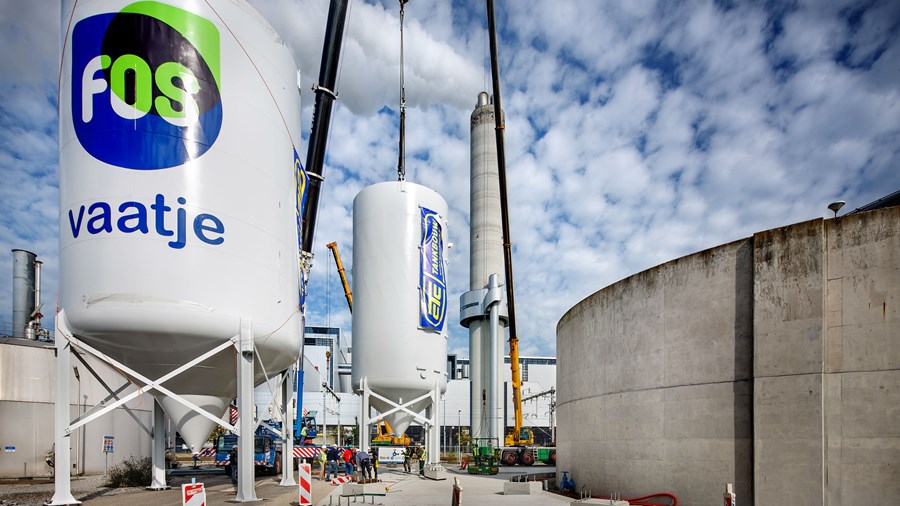Circular Economy
The Netherlands has set itself the target of using 50% less primary raw materials by 2030, as a prelude to a fully circular economy by 2050. A circular approach requires action to be taken in the water cycle. Which of the raw materials that Waternet uses have the greatest impact on the environment and should be phased out? And what about the waste and residues that are produced, can some of them be reused? Is it possible to reorganise processes in such a way that no waste is generated?
 Objectives
Objectives
Reorganise the operation of the water cycle so as to achieve a 50% reduction in environmental impact by 2030 through the use of raw materials and achieve a full circular economy by 2050 (no use of primary raw materials and no waste generation).
Knowledge Agenda
To further improve water quality and technology, Waternet will do more research on:
- Life Cycle Assessment of materials and waste flows analysis
- How to make make products sewege sludge\
- New sanitation and different ways of urine collection
Current projects
An overview of the projects in the field of circular economy can be found on Winnovatie.nl (You are leaving this website). Some examples of projects are:
- Materials research for circular asset management. More information (You are leaving this website).
- Circular dredging: a STOWA (You are leaving this website) project that examines how water boards can apply regional dredging spoil as efficiently as possible. More information (You are leaving this website).
- New Sanitation project - Buiksloterham. More information (You are leaving this website).
- Circular pumping station: Waternet has more than 800 pumping stations. Renovation or newly building them is a great opportunity to make them more sustainable. More information (You are leaving this website).
- FosVaatje - urine as fertilizer. More information (You are leaving this website).